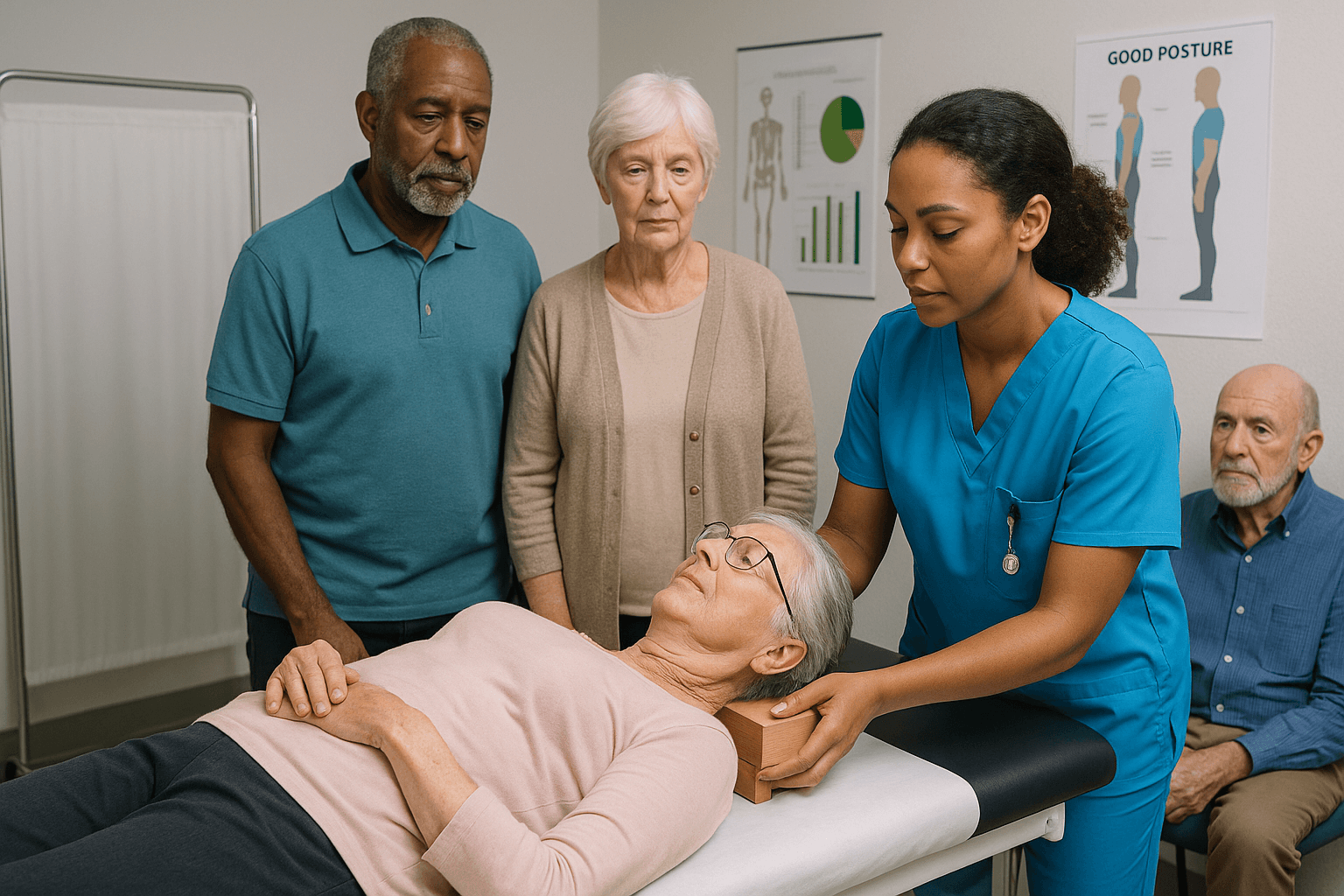Recovering from pain or injury isn’t just about waiting for your body to heal—it’s about taking active steps toward long-term health and mobility. Whether you’re dealing with chronic pain, a sports injury, or posture-related issues, the right approach can make all the difference.
But recovery isn’t a straight road. It requires patience, consistency, and the right strategies to avoid setbacks and achieve lasting results.
This guide will walk you through the key stages of recovery, helping you regain strength, mobility, and confidence in your body.
Jump to:
TLDR – Quick Guide
- Recovery is a step-by-step process that requires proper movement, posture, and strength training.
- Painkillers and rest provide temporary relief but don’t address the root cause.
- A structured plan focused on postural correction, strength building, and movement retraining leads to long-term success.
- Start your recovery journey today.
The Recovery Process: What to Expect
1. Understanding the Root Cause of Pain
- Pain is often a symptom, not the problem itself.
- Poor posture, muscle imbalances, and incorrect movement patterns are common hidden causes.
- Identifying the root cause helps prevent recurring injuries and chronic pain.
2. Initial Pain Management
- Rest is important, but too much inactivity can slow recovery.
- Ice and heat therapy can help, but they don’t fix underlying issues.
- The goal is to gradually restore movement without worsening the injury.
3. Posture and Movement Correction
- Bad posture can lead to long-term pain and recurring injuries.
- Learning proper sitting, standing, and walking techniques is crucial.
- Small daily adjustments can have a big impact on recovery.
4. Strength and Stability Training
- Weak muscles contribute to pain and increase the risk of future injuries.
- Strength training improves joint stability and movement control.
- Exercises should focus on core, back, and supporting muscles around the injured area.
5. Mobility and Flexibility Work
- Stiffness can lead to compensatory movements that cause further damage.
- Stretching and mobility drills help restore full range of motion.
- The right balance of flexibility and strength prevents future problems.
6. Long-Term Prevention Strategies
- Recovery doesn’t end when the pain stops—maintaining good habits is key.
- Regular movement, posture awareness, and strength training help prevent setbacks.
- A personalized recovery plan ensures continued progress.
Key Takeaways
- Take control of your recovery today.
- Recovery is not just about pain relief—it’s about fixing the root cause.
- Posture, strength, and movement retraining play a crucial role in healing.
- A structured, step-by-step approach leads to long-term success.
- Ignoring the problem can lead to recurring injuries and chronic pain.
FAQs
1. How long does recovery take?
Recovery time depends on the severity of the issue. Minor injuries may take weeks, while chronic conditions may require months of consistent effort.
2. Can I recover without professional help?
While some minor injuries heal on their own, many require expert guidance to ensure proper healing and prevent future problems.
3. What happens if I ignore my pain?
Ignoring pain can lead to worse injuries, chronic issues, and mobility limitations over time. Addressing the root cause early is the best approach.
4. Do I need to stop all activity while recovering?
Not necessarily. Controlled movement and strength training are often part of the healing process. The key is knowing which movements are safe and beneficial.
5. How do I start my recovery journey?
To book a consultation, please contact us through our website or call our clinic directly. We’re here to help you achieve optimal health and well-being.






